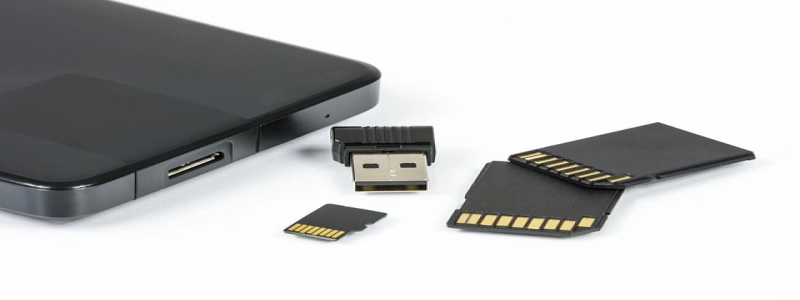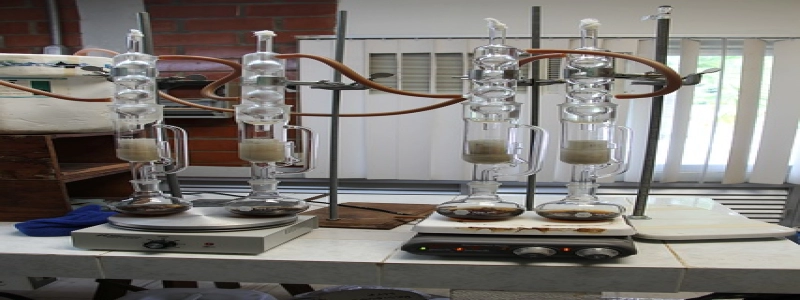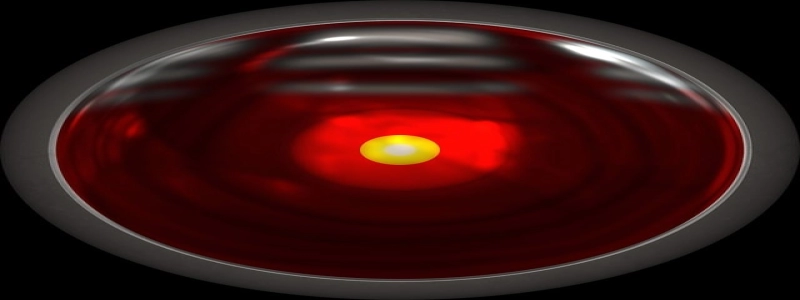De Broglie Wavelength of Electrons
Introduction:
In the field of quantum mechanics, one of the most intriguing concepts is the wave-particle duality, which suggests that particles can exhibit properties of both waves and particles. This duality was first proposed by Louis de Broglie, a French physicist, in 1924. De Broglie proposed that all particles, including electrons, possess a wavelength, known as the de Broglie wavelength. This article will delve into the concept of the de Broglie wavelength of electrons and its significance in quantum mechanics.
I. Theoretical Background:
A. Wave-Particle Duality:
The wave-particle duality is a fundamental principle in quantum mechanics that states that particles, including electrons, can exhibit both wave-like and particle-like characteristics. This concept was initially introduced by Einstein, who hypothesized that light could behave as both a wave and a particle, known as a photon. De Broglie extended this idea to all particles, suggesting that electrons, which were traditionally perceived as particles, also possess wave-like properties.
B. De Broglie’s Hypothesis:
De Broglie proposed that there is a wave associated with every particle in motion, and this wave is characterized by its wavelength. According to de Broglie’s hypothesis, the wavelength of a particle is inversely proportional to its momentum. For electrons, the de Broglie wavelength (λ) is given by the equation λ = h/p, where h is the Planck constant (6.626 x 10^-34 J·s) and p is the momentum of the electron.
II. Experimental Verification:
A. Davisson-Germer Experiment:
To validate de Broglie’s hypothesis, Clinton Davisson and Lester Germer performed an experiment in 1927. They directed a beam of electrons onto a crystalline nickel target and observed diffraction patterns, similar to the patterns produced by X-rays. This diffraction pattern supported de Broglie’s idea that electrons have a wavelength and confirmed the wave-like nature of electrons.
B. Electron Microscopes:
Another application that demonstrates the de Broglie wavelength of electrons is the electron microscope. Electron microscopes utilize the wave-like properties of electrons to achieve high-resolution imaging. By passing electrons through a specimen and analyzing the resulting electron diffraction pattern, scientists can obtain detailed information about the structure of materials at the atomic level.
III. Significance in Quantum Mechanics:
The concept of the de Broglie wavelength of electrons has significant implications in quantum mechanics.
A. Wave-Particle Duality Revisited:
De Broglie’s hypothesis reinforced the wave-particle duality concept, indicating that particles can display both wave-like and particle-like behaviors. This profound insight shaped the development of quantum mechanics, revolutionizing our understanding of the nature of matter and energy.
B. Uncertainty Principle:
The de Broglie wavelength of electrons is closely related to the Heisenberg uncertainty principle. According to the uncertainty principle, there is a fundamental limit to the precision with which certain pairs of physical properties, such as position and momentum, can be simultaneously known. The de Broglie wavelength provides a measure of this uncertainty and highlights the inherent indeterminacy of particle properties at the quantum level.
Conclusion:
The de Broglie wavelength of electrons is a fundamental concept in quantum mechanics, supporting the wave-particle duality theory and illuminating the intrinsic nature of particles. The experimental verification of electrons’ wave-like properties through diffraction experiments and the practical application of electron microscopy further solidify de Broglie’s hypothesis. Understanding the de Broglie wavelength not only deepens our comprehension of quantum mechanics but also paves the way for technological advancements in various fields, including microscopy, nanotechnology, and particle physics.







